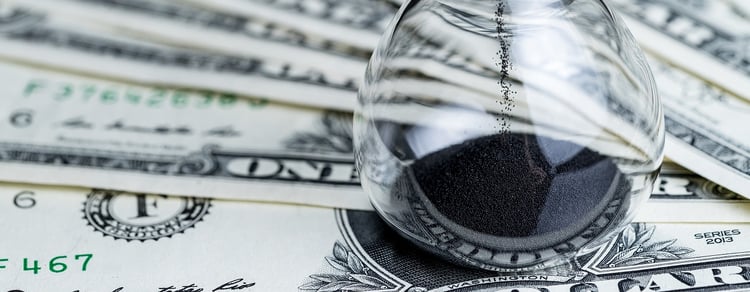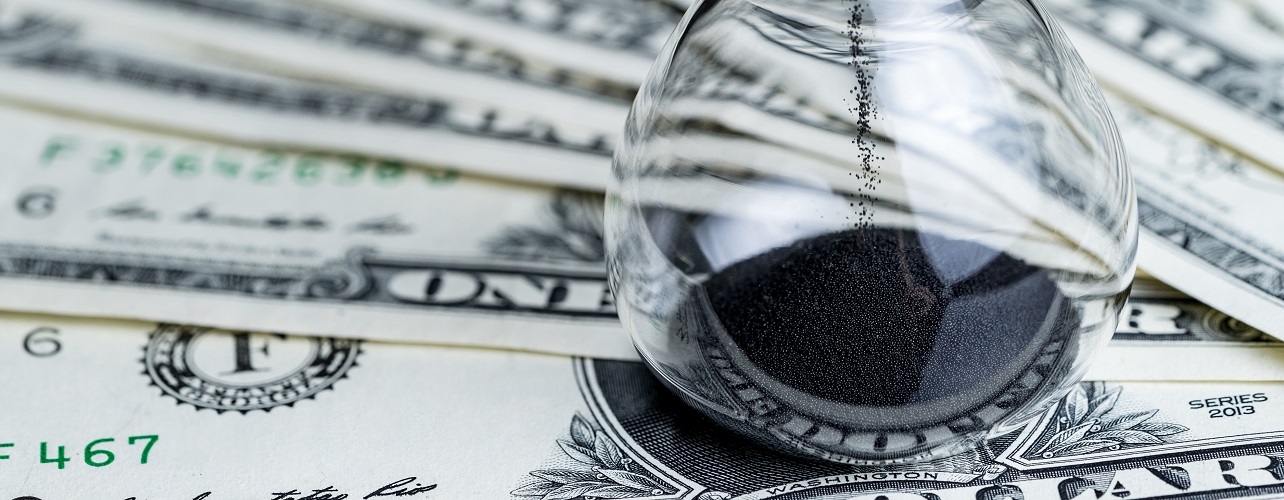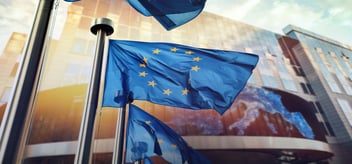
It's the ECB effect. The euro registered its longest uninterrupted rise against the US dollar for ten years last week. Since the start of the coronavirus crisis the single currency had been moving within a wide range between 1.07 and 1.12 with a pivot point at around 1.10. In the space of a few sessions, it has managed to break through the psychological barrier of 1.10 and even pass the resistance point at 1.12. Consequently, in the space of five sessions, the EUR/USD rate has risen by almost 2.5%, the likes of which has not been seen for several years!
How can we explain this strong and unexpected rise?
Long-term Investment sentiment towards the eurozone has registered a marked improvement in a short period of time thanks to various measures unveiled over the last fortnight. The European Commission presented a recovery fund for Europe of €750 billion, higher than that envisaged by the Franco-German initiative. We should also add that last week, Germany adopted a national recovery fund worth €130 billion, i.e. about 3.8% of the country’s GDP, the key measures of which included a temporary reduction in VAT, financial support measures for the most fragile sectors from September onwards, and almost €50 billion worth of investment in e-mobility.
Last but not least, on Thursday the ECB brought out some heavy artillery of its own and unveiled new, higher than expected monetary measures. Not only will the central bank increase its €600 billion Pandemic Emergency Purchase Programme (PEPP), increasing the QE (Quantitative Easing) amount to €1.3 trillion, but support for the economy will be extended until June 2021.
And the cherry on the icing is that this support will last as long as necessary, according to the ECB’s statement: “In any event, the Board of Governors will make net purchases of assets as part of the PEPP until it considers the crisis phase of the coronavirus pandemic to be over”. To be clear, given that the impact of the coronavirus will be long-term (probably at least until 2022, according to the International Monetary Fund), the ECB may well adopt an accommodating attitude for some time yet. In theory, a more accommodating central bank leads to a reduction in the exchange rate of its currency. But in this case, the measures announced have been interpreted by traders as ways of supporting growth and have been deemed extremely opportune.
Finally, the rise of the euro also reflects a weakening of the US dollar. The dollar is being punished both by a widespread reduction in risk aversion (as a result of the interventionism of central banks) and by the poor performance of the US economy. In the space of two months, almost 43 million Americans have lost their jobs, significantly contributing to the social tensions, which have been exacerbated in several large American cities. By way of comparison, that is the equivalent of the active population of Germany as a whole. Even if many analysts and economists think that the US economy could bounce back faster than that of the eurozone, at the moment, the economic difficulties facing the United States are an obstacle to the rise of the US dollar.
The question now is whether the EUR/USD can go much higher. The rise phase has been rapid and unexpected, and, as is often the case, this suggests there will be a profit-taking phase. In addition, the forces supporting the euro are running out of steam. The ECB has unveiled all its weapons for the months to come. As for the European recovery plan, let's not forget that it needs the unanimous backing of member states. Finland has already clearly rejected it. The only remaining factor which may push the euro up is the fall of the US dollar, but this could soon come to a sudden end if Chinese-American tensions were to rapidly intensify, for example. We should therefore be very cautious about the currency pair, which is expected to be highly volatile over the next few sessions and may undergo a consolidation phase.
Economic calendar
| DATE | CURRENCY | EVENT |
|---|---|---|
| 9 June | USD |
JOLTS report on new job offers in the US in April |
| 10 June | USD |
Federal Reserve meeting (including both the update of economic forecasts and the press conference by J. Powell) |
Topics






